What Is Naturescaping – Tips For Planting A Native Lawn
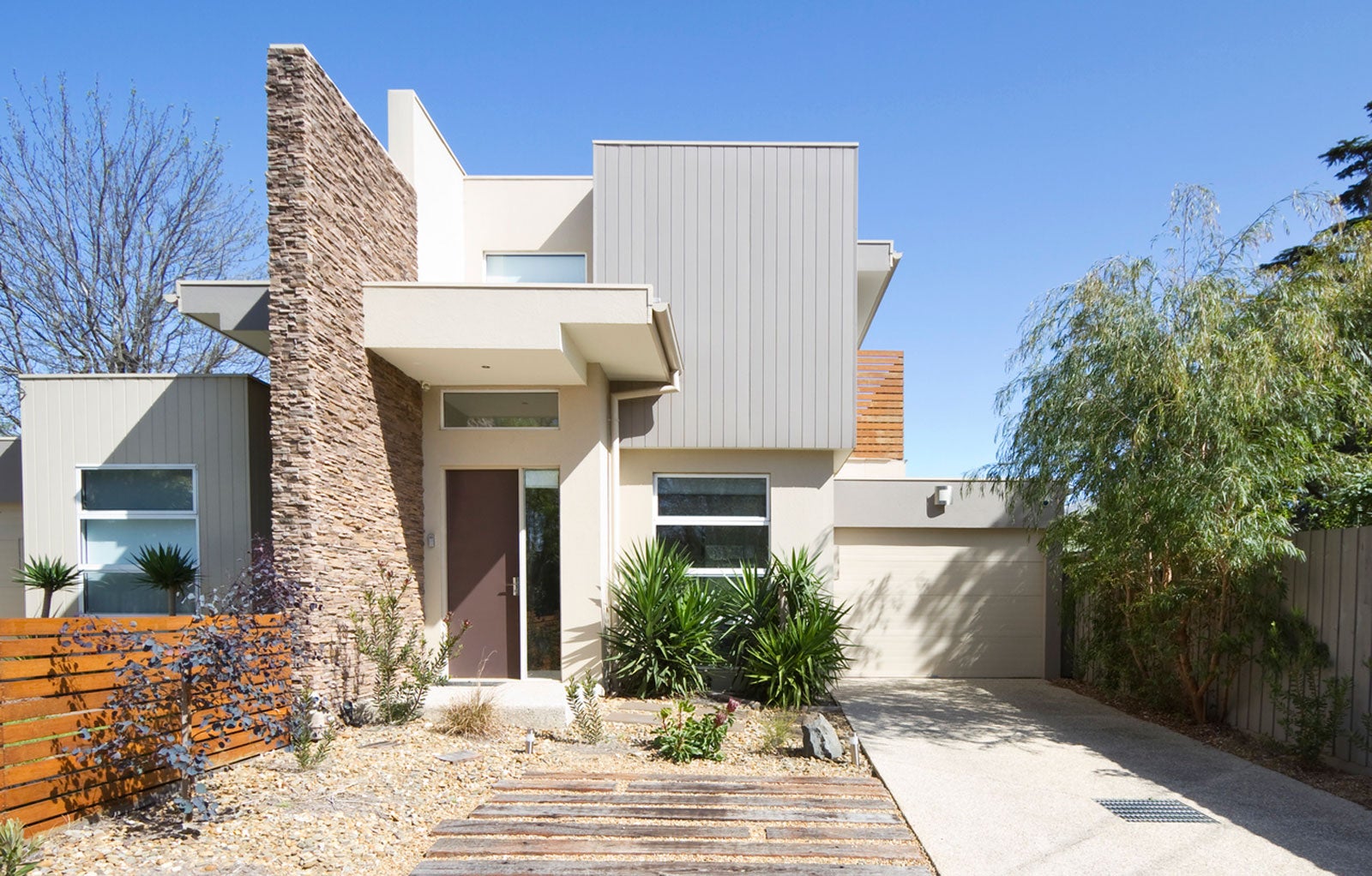

Growing native plants instead of lawns can be better for the local environment and, ultimately, requires less maintenance, but it does require a big initial effort. A lot of work goes into removing existing turf and naturescaping an entirely new landscape. The payoff is less work in the long run and a healthier ecosystem.
What is Naturescaping?
Naturescaping is the idea that you can design a landscape that is nature-friendly. In other words, the landscape becomes something that is attractive and functional for people but that also benefits wildlife, insects, and pollinators.
Naturescaping also aims to minimize negative impacts on the environment by reducing the need for pesticides and water and preventing erosion.
Why Create a Native Plant Lawn?
One of the most common strategies for naturescaping is planting a native lawn. Native plants are those that are found naturally in your area and local ecosystem. Turf lawns require a lot of maintenance, while a native lawn, once established, does not.
Turf can also be detrimental to the environment because to keep it looking nice requires the use of fertilizers, weed killers, and pesticides. Grass can also promote erosion and needs a lot of water throughout the growing season.
Native plants, on the other hand, provide an ecosystem including water, food, and shelter for native birds, insects, and other kinds of wildlife. They also need less water and are less prone to disease.
How to Replace Your Lawn with Native Plants
Replacing a lawn with native plants for a naturescape design is a big job. The hardest and most time-consuming part of the job is getting rid of existing grass. There are a few methods you can consider trying:
Gardening tips, videos, info and more delivered right to your inbox!
Sign up for the Gardening Know How newsletter today and receive a free copy of our e-book "How to Grow Delicious Tomatoes".
- Black Plastic. Cover your turf with black plastic in sunny areas and the heat trapped under it will kill the grass. You can then till the dead grass into the soil.
- No-Till. Another option is to cover the grass with thick layers of newspaper or cardboard. Put a layer of a few inches (7.5 cm.) of soil over it and with time the material will decay and you can directly place new plants in the soil.
- Herbicide. A non-specific type herbicide will kill the grass and does not persist for very long in the soil.
Once you have destroyed the turf, you can put in native plants according to your naturescape design. Check with your local county extension to find out what plants in your area are native. For the best design, use a mix of native grasses, shrubs, perennial wildflowers, and trees.
Naturescaping your entire yard will be a big commitment. Consider doing one area at a time to spread the work out over a few years. Or you may even realize you like having a mix of turf and native lawn instead.

Mary Ellen Ellis has been gardening for over 20 years. With degrees in Chemistry and Biology, Mary Ellen's specialties are flowers, native plants, and herbs.
-
 5 Tough Urban Trees That Thrive In Cities – Top Picks For Urban & Suburban Landscapes
5 Tough Urban Trees That Thrive In Cities – Top Picks For Urban & Suburban LandscapesExplore the best urban trees that will add value to even the most challenging of landscapes. Get growing with these ideas and enjoy all the benefits of trees.
By Teo Spengler
-
 7 New & Improved Cultivars Of Old-Fashioned Plants – These Aren’t Your Grandma’s Plants!
7 New & Improved Cultivars Of Old-Fashioned Plants – These Aren’t Your Grandma’s Plants!Old is new again! These old-fashioned plants have new cultivars that are sure to thrive in your garden and bring the charm factor. Neighbors will be envious!
By Mary Ellen Ellis
-
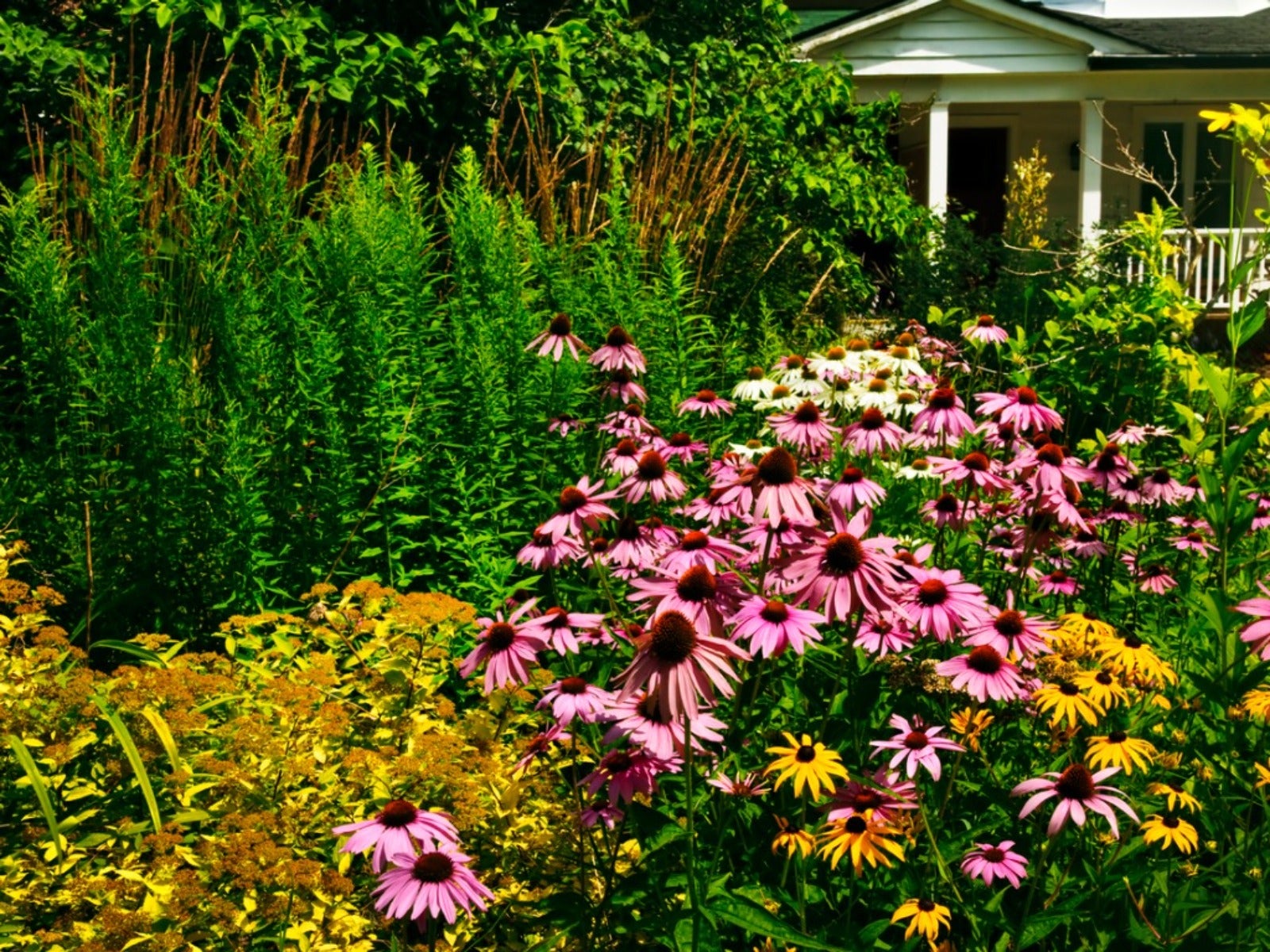 Why You Should Ditch The Grass And Grow A Prairie Lawn
Why You Should Ditch The Grass And Grow A Prairie LawnLearn why a prairie yard with native grasses is far more earth-friendly than a standard tuf-grass lawn.
By Mary Ellen Ellis
-
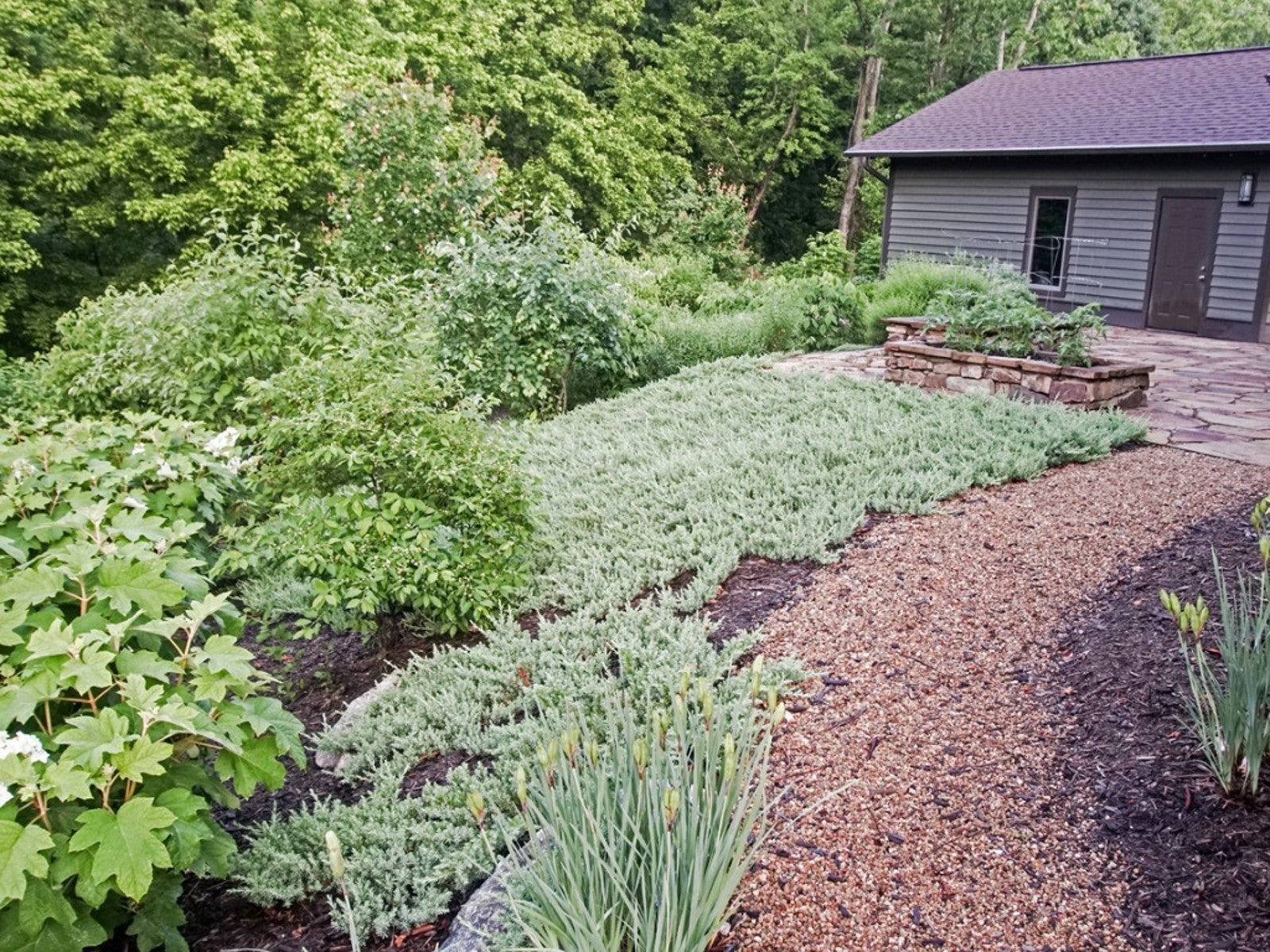 Grass Alternatives For Shade: Lawn Substitutes For Shade Yards
Grass Alternatives For Shade: Lawn Substitutes For Shade YardsMany people know the struggle of trying to grow grass in a shady yard. If you're one of these people, consider a shady lawn alternative.
By Mary Ellen Ellis
-
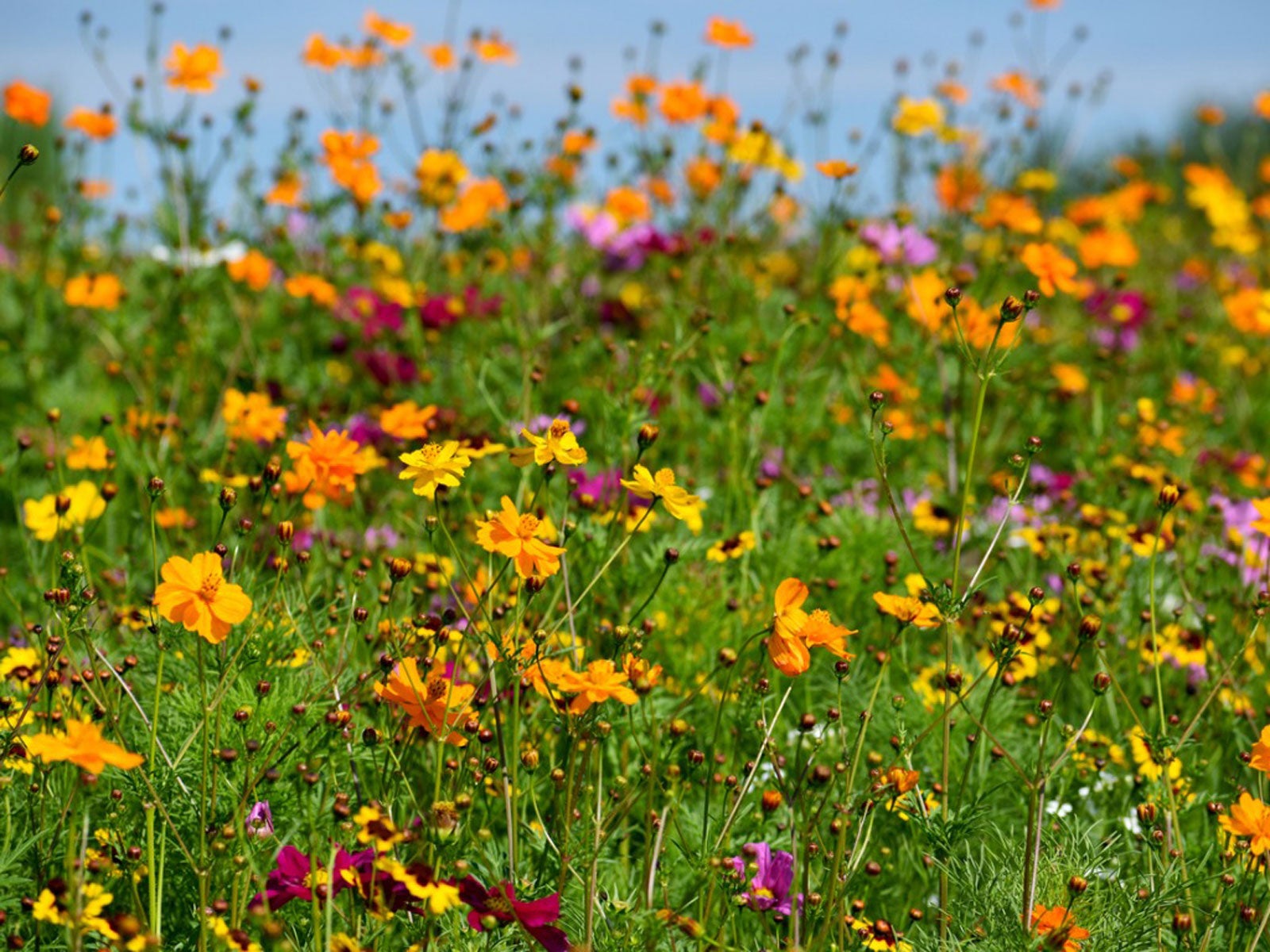 Wildlife Garden Turf: Creating Mini Meadows For Wildlife
Wildlife Garden Turf: Creating Mini Meadows For WildlifeThe appeal of a perfect, green lawn is strong, but more people are turning to wildlife-friendly alternatives. A wildflower meadow lawn is one option.
By Mary Ellen Ellis
-
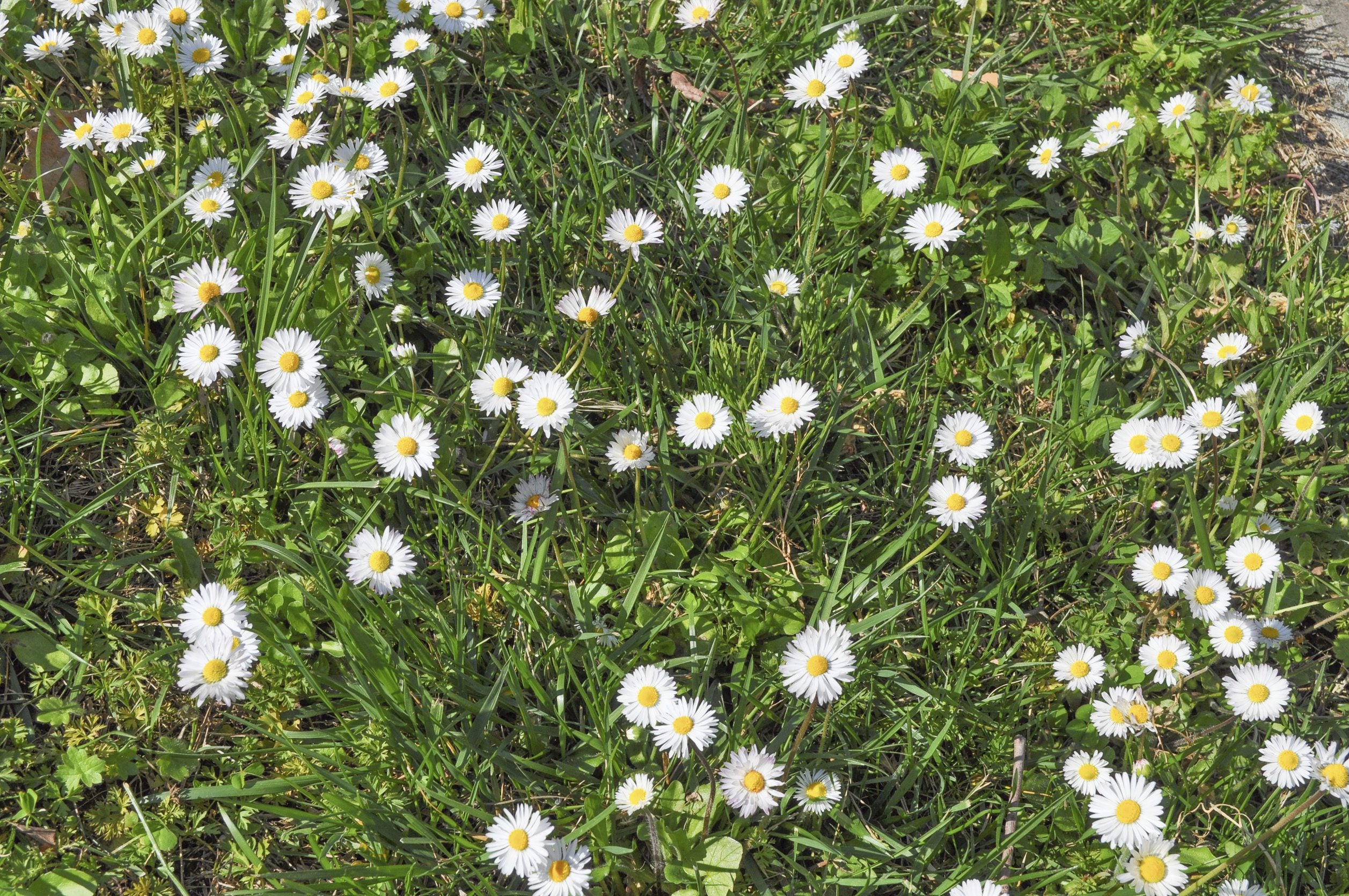 Wildflower Lawns: Tips On Growing Flowering Lawns
Wildflower Lawns: Tips On Growing Flowering LawnsMany people are looking for lawn alternatives to reduce watering, fertilizing, and mowing. Wildflower lawns are one option. This article has more information.
By Teo Spengler
-
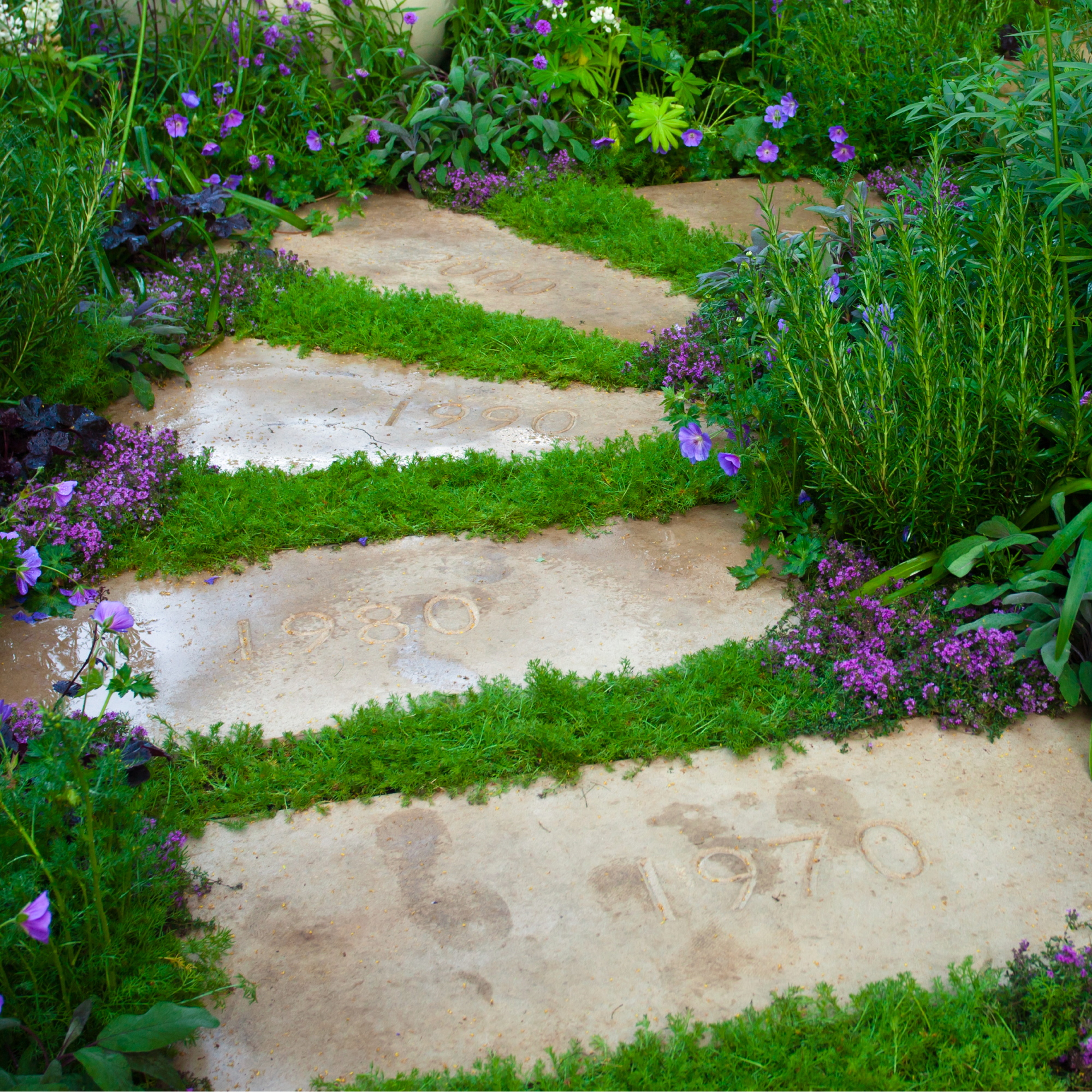 Best Steppable Plants: Learn About Plants That Can Be Walked On
Best Steppable Plants: Learn About Plants That Can Be Walked OnWhat are walkable plants? They're plants that can safely be walked on. Walkable plants are often used as lawn replacements because they are tough, drought-tolerant, and require very little maintenance. Learn more about them in this article.
By Mary H. Dyer
-
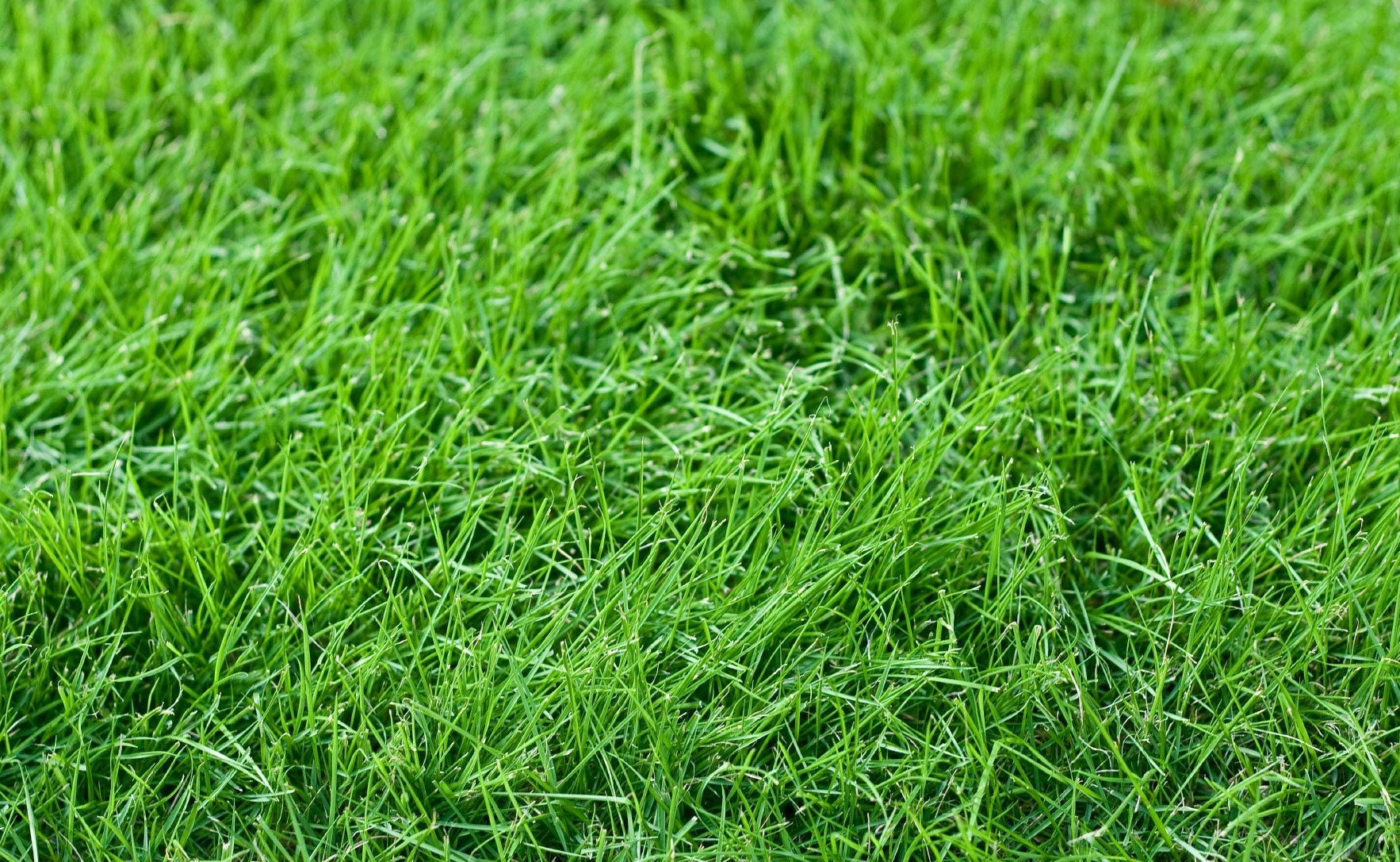 What Is A No-Mow Lawn: Tips For Creating A No-Mow Lawn
What Is A No-Mow Lawn: Tips For Creating A No-Mow LawnOne of the chores that the homeowner must do is mow the lawn. This tedious task helps form a healthy and beautiful turf but is time consuming. A perfect solution is a no mow lawn. What is a no mow lawn? Find out in this article.
By Bonnie L. Grant
-
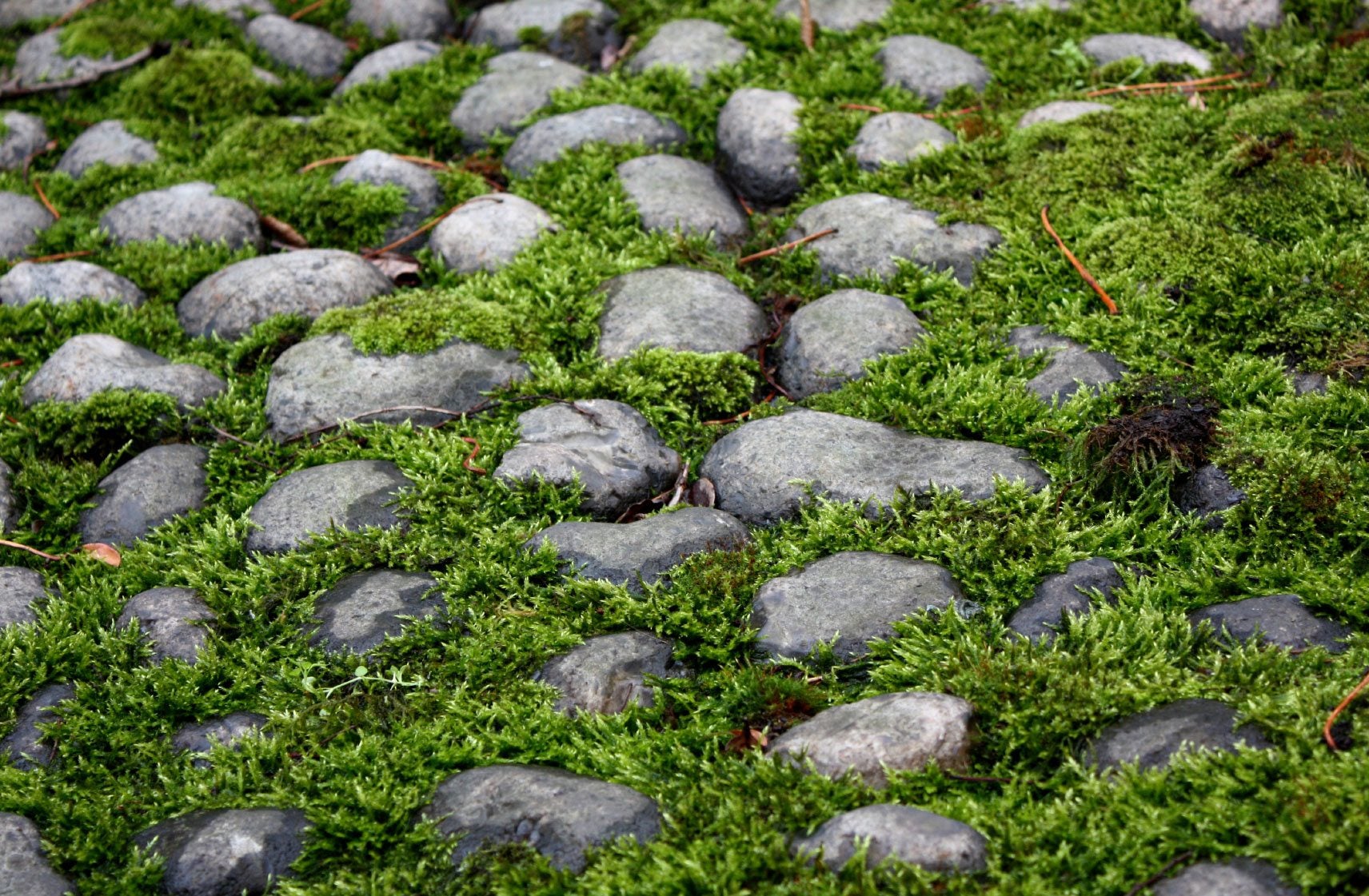 Alternatives To Grass: Learn About Lawn Alternatives In Cold Climates
Alternatives To Grass: Learn About Lawn Alternatives In Cold ClimatesGround covers and other lawn alternatives in cold climates are easier to care for and more environmentally friendly than traditional lawns. Read on to find out about cold area grass alternatives that are easy on your budget and your time.
By Jackie Carroll
-
 Lawn Alternative Plants For The South: Alternative Lawn Ideas In Warm Climates
Lawn Alternative Plants For The South: Alternative Lawn Ideas In Warm ClimatesAre you tired of all the work that goes into maintaining a nice lawn? And what about those hot climates? No one enjoys having to manage lawns when it's hot and sticky. Check out some of the warm area grass alternatives in this article.
By Jackie Carroll